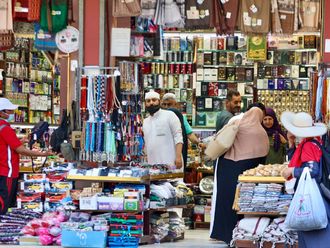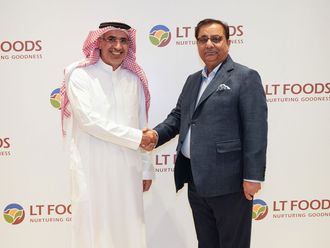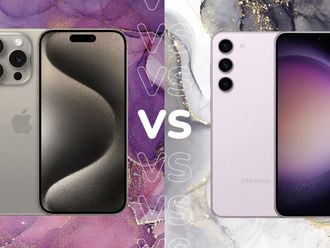Businesses in the region have the potential to increase their bottom lines by tapping into the younger Arab generation that are now undergoing a transformation and aspiring to make lives better, analysts told Gulf News yesterday.
According to the first Nielsen ”imagine Youth” survey, conducted between December 2013 and March 2014 among 2,200 respondents aged 15 to 29 years in Saudi Arabia and Egypt, gone are the days when young consumers in the relatively restricted market used to wrap themselves up in a cocoon.
Today’s young people are no longer afraid to come out and be heard. They either have the money to spend or want to make the most of their life. Many of them want to be in control of their life, live with a purpose and express their individuality. Women, in particular, want more participation in the decision-making process.
“The Saudi youth, for example, are opening up to change. They’re wanting more. You’ll see that over the last five years, there’s been an emergence of nuclear families in this market, whereas it used to be that joint families were the norm. Things are changing,” said Diptanshu Ray, UAE director for consumer insights at Nielsen,
A huge proportion of the population in the region is below the age of 30 years. Nielsen’s survey showed that the Arab youth, considered the world’s fastest growing population, have the potential to open their wallets more, with the young consumers in Egypt spending 52 per cent of their money on discretionary items, while those in Saudi spend 85 per cent of their riyals on eating out, fashion and grooming, among others.
The top spending categories for the youth in Saudi include out-of- home dining, fashion and gifting, while the young consumers in Egypt place more value on dressing up and eating out. Consumers in Saudi Arabia who tend to be more affluent, however, appear to be cautious with their spending, as they save 18 times more money than their Egyptian peers every year.
Analysts said that with the right marketing strategies, businesses can gain a lot from the Arab youth market. “There’s a huge opportunity for marketers. When we talk about things like the need for self expression, the need for standing out, among others, all these are good signs for branding,” said Sudhanshu Goyala, business partner, strategic consulting, at Nielsen.
“The fact that 85 per cent of the youth spends are into what we have labelled as essential categories goes to say that there’s an opportunity for niche [business] within those categories.”
Nielsen focused its study on Egypt and Saudi Arabia because the two countries have a high proportion of young Arab population. The findings were based on face-to-face interviews, 20 mini-group discussions, 20 “slice of life” observations and eight youth expert interviews. The study included a wide array of topics, including beauty, personal grooming, health and wellness, digital and technology, media habits, share of wallet, shopping and travelling.
Marketers based in the UAE can also draw up a lot of lessons from the study, although the Egyptian and Saudi consumers differ in certain aspects. “We can pick those nuggets [of information] in terms of areas of similarity and overlap between Egypt and Saudi. We also have findings which are emerging themes for the Arab youth in this world,” said Goyala.
“What makes the Saudi youth interesting is the high per capita income as well as the potential for high consumer aspirations fuelled by a large middle class segment. In comparison, the Egypt society with its limited income, burgeoning lower socio-class and rapid urbanisation, still drives the youth to aspire a better life,” added Ray.












